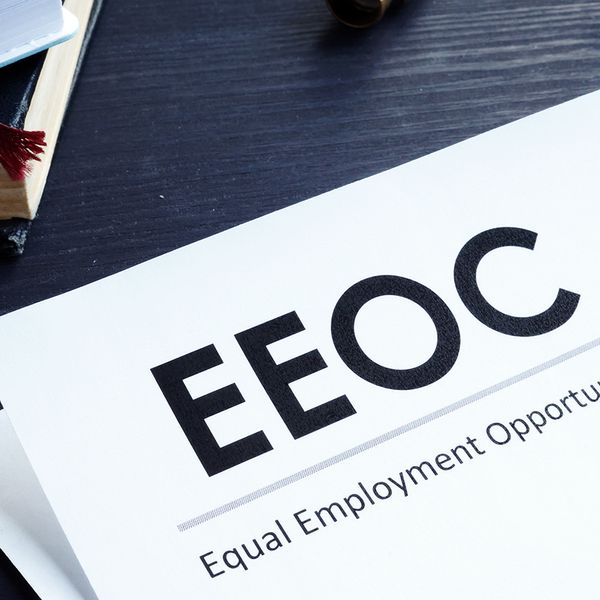EEOC gives employers lengthy reading assignment: 189 pages of guidance on workplace harassment
On April 29, the Equal Opportunity Commission (EEOC) published its final guidance on harassment in the workplace.
The lengthy document includes 77 examples of harassment situations, 387 footnotes, and an addendum of “responses to major comments” received when the proposed guidance was published in the Federal Register in October and the public was invited to submit comments.
As if that isn’t enough reading homework for employers, the EEOC provided more resources on anti-harassment, including the “Summary of Key Provisions,” “Questions and Answers for Employees” and a “Small Business Fact Sheet.” The guidance also has links to other EEOC resources on the prevention of workplace harassment.
The new guidance document and all these “extras” can be found at EEOC.gov.
Updates reflect decades of workplace changes
The new guidance is the first document the agency has voted to issue on the topic of workplace harassment since 1999. It addresses changes workplaces have undergone in the past 25 years, including the increased use of digital technology and social media, and the increased diversity of workplaces. For example, several examples of age discrimination were included, since some workplaces today employ five generations of workers.
A few scenarios in the guidance relate to technology, such as someone making harassing comments during a video meeting or in a group chat. Remote work is addressed in an example where inappropriate pictures can be seen in a remote employee’s work space during a video meeting.
Controversial aspects of the guidance
The vote to publish the final guidance was not unanimous. Two of the five EEOC Commissioners dissented.
These two areas in particular have sparked controversy:
- LGBTQ+: The guidance clarifies that protections under Title VII of the Civil Rights Act of 1964 extend to LGBTQ+ employees, as clarified by the 2020 Supreme Court decision in Bostock v. Clayton County. Specifically, the guidance document affirms that workplace harassment includes repeatedly and intentionally misgendering employees or denying access to bathroom facilities that align with an employee’s gender identity.
- Sex: The guidance states that discrimination and harassment based on “sex” includes harassment based on pregnancy, childbirth, and “related medical conditions,” which include employees’ decisions related to contraception and abortion. This guidance aligns with the Pregnant Workers Fairness Act which went into effect in 2023.
Guidance on anti-harassment policies
The final guidance document states that an employer’s harassment and discrimination policy should be widely disseminated, comprehensible to workers, and include:
- A definition of the prohibited conduct;
- A requirement that supervisors report harassment;
- Multiple avenues for reporting harassment;
- A statement that identifies “accessible points of contact” for reporting purposes, including contact information; and
- An explanation of the complaint process, including anti-retaliation and confidentiality protections, as well as “prompt and effective” investigations and corrective action.
Guidance on effective training
The EEOC final document also includes guidance on anti-harassment training, saying that training should include:
- An overview of the employer’s anti-harassment policy and complaint process;
- Examples of prohibited harassment;
- Information on the rights of those who witness, experience, or report harassment; and
- Instructions for supervisors and managers on how to “prevent, identify, stop, report, and correct harassment.”
The guidance also suggests employers tailor training to the workplace and workforce, provide training on a “regular basis” to all employees, and provide training in a “clear, easy-to-understand style and format.”
Key to remember: The EEOC has released new guidance on harassment in the workplace. Employers should review the guidance and make sure policies and training are in line with the agencies’ recommendations.

































































